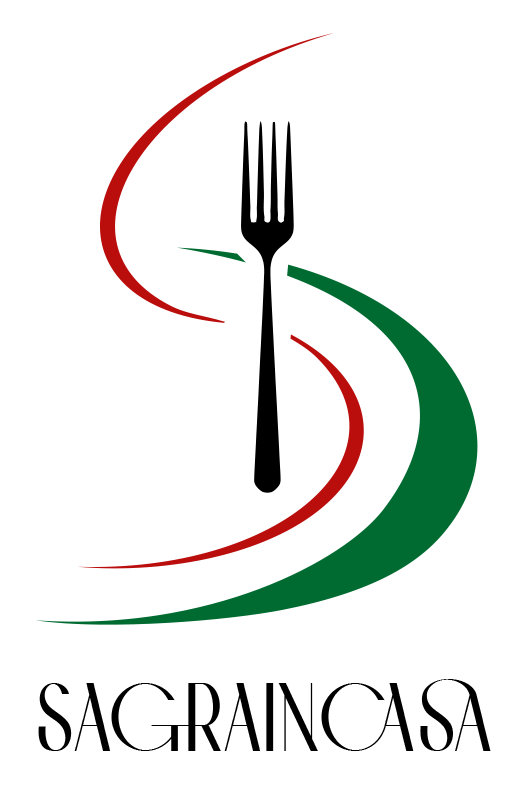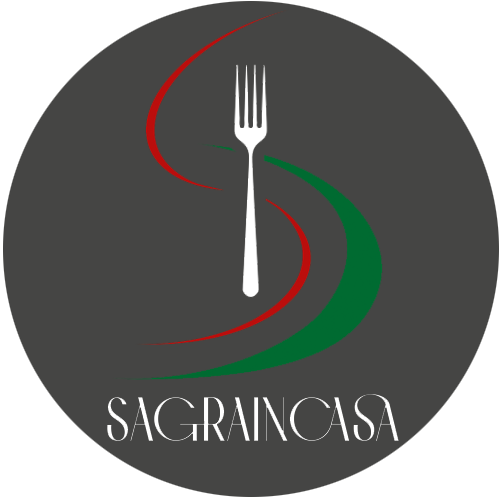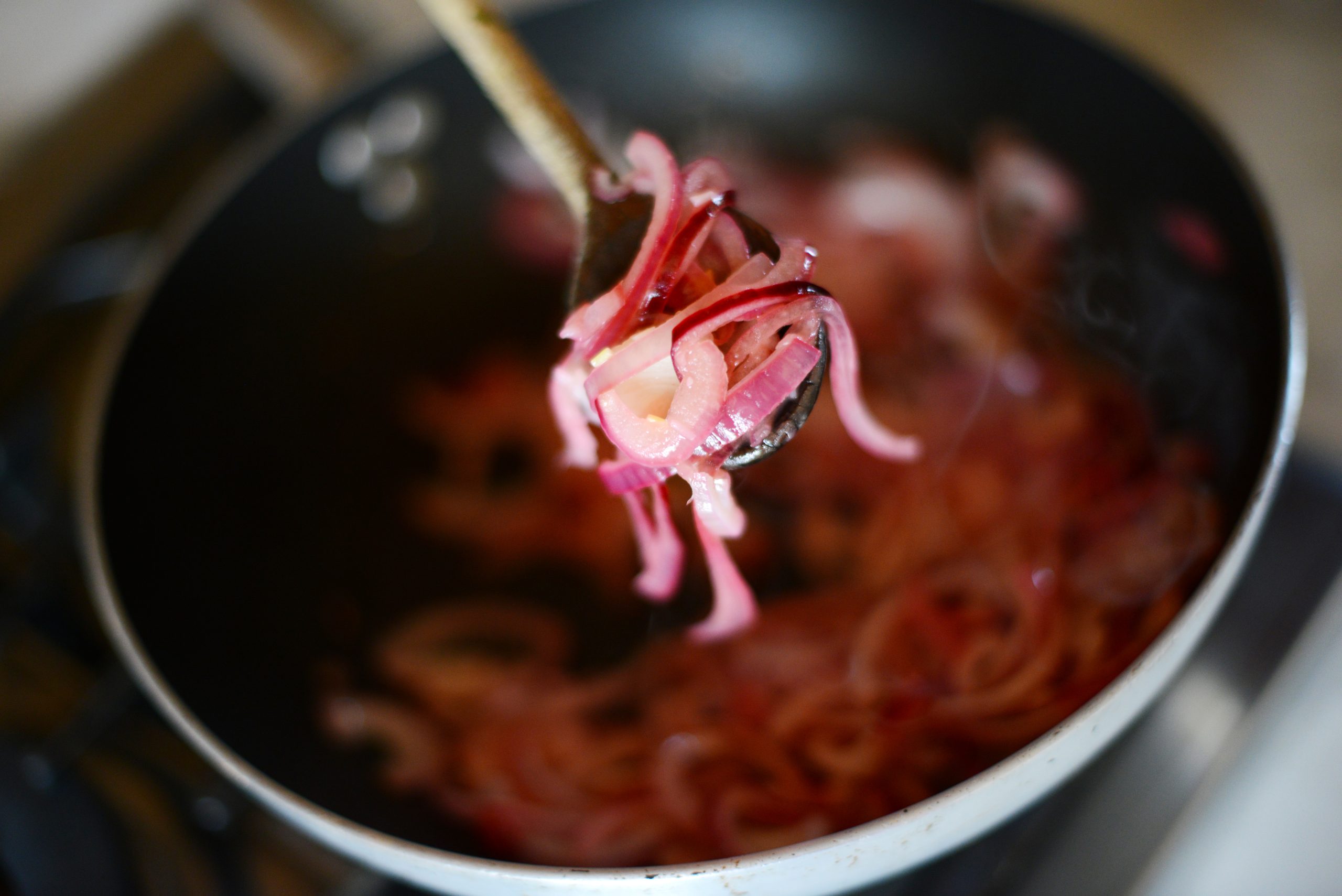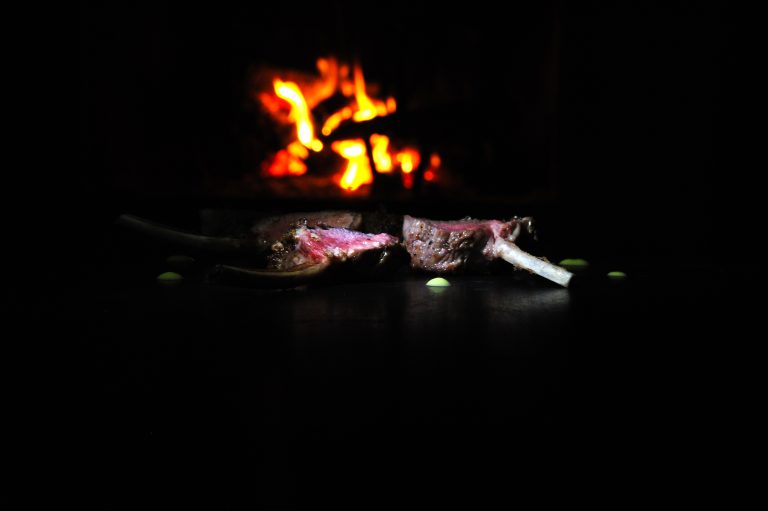Slow Food and the joy of authentic Umbria products
In the green heart of Italy, Umbria stands as a living testament to the values of the Slow Food movement. Here, tradition meets sustainability, and every dish tells a story made of time, place, and passion. Whether you’re savoring a plate of handmade strangozzi or biting into a sun-ripened tomato just picked from the garden, the joy comes not just from the taste—but from the journey of each authentic Umbria products.
What is the Slow Food Movement?
Founded in Italy in the 1980s as a reaction against fast food and industrialized agriculture, the Slow Food movement promotes biodiversity, local traditions, and food that is good, clean, and fair. It emphasizes respect for nature and cultural heritage, advocating for small-scale producers and traditional cooking methods.
In Umbria, these principles are not theoretical—they are deeply rooted in daily life. From farmers who follow ancient cultivation techniques to chefs who create menus based on the changing seasons, Slow Food is a way of living and eating.
Umbrian Treasures: Slow Food Presidia
Ten ingredients in the region have been recognized as Slow Food Presidia, meaning they are protected for their historical, cultural, and agricultural value. These unique products tell the story of Umbria’s landscape, traditions, and deep respect for the rhythm of nature.
Umbria is home to several protected ingredients recognized by Slow Food for their cultural and gastronomic value. These include:
- Roveja di Civita di Cascia: a wild legume similar to a pea, once nearly extinct, now grown again in high-altitude fields.
- Fagiolina del Trasimeno: an ancient legume from the Lake Trasimeno area, rich in protein and often used in traditional soups and salads.
- Cipolla di Cannara: sweet and aromatic, this red onion is a staple of Umbrian cooking and celebrated every year in a local sagra.
- Farro di Monteleone di Spoleto: one of the oldest grains cultivated in Italy, known for its rich texture and nutty flavor.
- Mazzafegato: a traditional Umbrian sausage made with pork liver and seasoned with orange zest and wild fennel.
- Farro di Monteleone di Spoleto
One of Italy’s oldest grains, cultivated since Roman times. This spelt is prized for its firm texture and nutty taste. - Mazzafegato
A rustic Umbrian sausage made with pork liver and seasoned with orange peel and wild fennel. It’s a bold, traditional product rarely found outside local butcher shops. - Fava Cottòra dell’Amerino
A small, flat fava bean traditionally slow-cooked without removing the skin. A staple of Umbrian peasant cuisine, now revived thanks to local efforts. - Also : Pesca Tradizionale del Lago Trasimeno, Fagiolo secondo del piano di Orvieto, Vinsanto da uve affumicate dell’alta valle del Tevere, Ricotta salata della Valnerina, Sedano nero di Trevi, Ciotto di Grutti
These authentic Umbria products represent more than just food—they are symbols of identity, history, and resilience.
Recipes with a Story :caramelized Cannara onion and pecorino tart
A rustic and elegant antipasto celebrating the sweetness of Cannara onions. Perfect served warm or at room temperature with a glass of Umbrian white wine.
Ingredients (serves 4–6)
-
2 large Cannara red onions, thinly sliced
-
1 tablespoon extra virgin olive oil
-
1 tablespoon unsalted butter
-
1 teaspoon sugar (optional, to enhance caramelization)
-
Salt and black pepper, to taste
-
1 sheet of puff pastry (or homemade shortcrust for a more traditional base)
-
100g aged Pecorino di Norcia, grated or shaved
-
1 teaspoon fresh thyme or rosemary (optional)
Instructions
-
Preheat the oven to 190°C (375°F).
-
In a large pan, heat the olive oil and butter over low heat. Add the sliced onions and cook gently for about 20–25 minutes, stirring occasionally, until soft and golden. Add the sugar in the last few minutes to help caramelize, if desired. Season with salt and pepper.
-
Roll out the puff pastry onto a baking sheet lined with parchment paper.
-
Spread the caramelized onions evenly over the pastry, leaving a 1 cm border.
-
Sprinkle the Pecorino cheese over the onions, followed by the fresh herbs.
-
Fold the edges of the pastry slightly inward to form a rustic border.
-
Bake for 20–25 minutes, or until the pastry is golden and crisp.
-
Let cool slightly, cut into slices, and serve.
Tip: This tart is also delicious served cold the next day with a green salad and a drizzle of balsamic vinegar.
The Umbrian way: seasonal and local
At Sagraincasa, the philosophy of Slow Food is not a trend, but a way of expressing love and respect for the land. Ingredients are sourced locally—often directly from the farm or the garden. The olive oil comes from nearby groves, the vegetables change with the seasons, and the wine is made just a few hills away.
Cooking here is a celebration of simplicity: wild fennel picked on a morning walk, heritage legumes slow-cooked for hours, or a handful of fresh herbs added just before serving. The result? Dishes that are not only delicious but deeply connected to the place they come from.
Why Slow Food matters today
In a world where food is often treated as a product rather than a process, Slow Food offers a meaningful alternative. It’s about knowing your producer, trusting the origin of what you eat, and honoring the rhythm of nature. For travelers, this means more than just enjoying a good meal—it means participating in a culture that values authenticity and sustainability.
Experience Slow Food in Umbria with us:
Through our private chef services, cooking classes, and local culinary experiences, guests are invited to explore the soul of Umbrian cuisine. You’ll learn how to cook with seasonal ingredients, understand the stories behind each recipe, and discover why slow truly tastes better.
Whether you’re planning a wedding feast, a gourmet retreat, or simply looking for an unforgettable lunch, we’ll guide you through a food journey that’s both ethical and enchanting.



